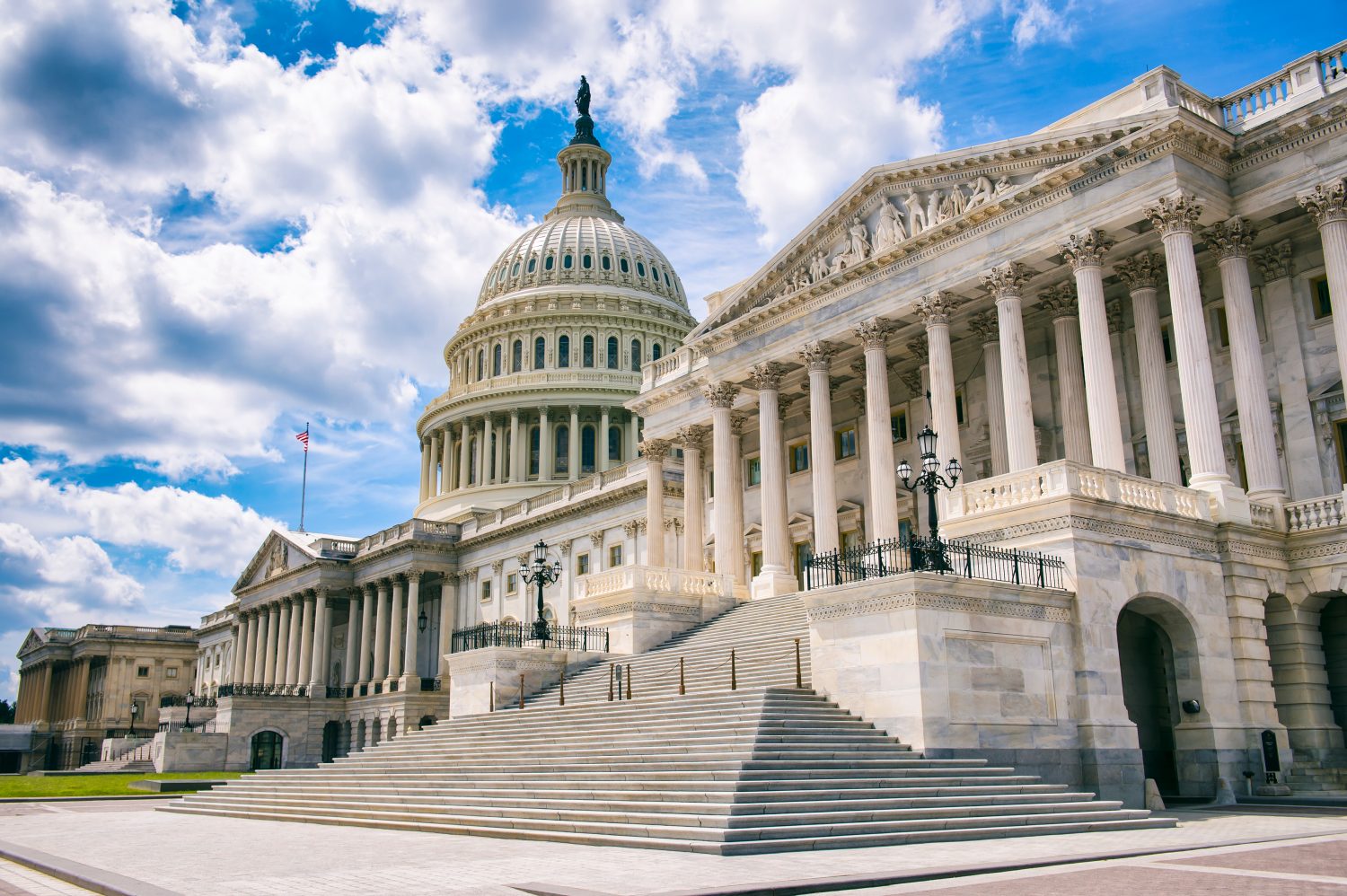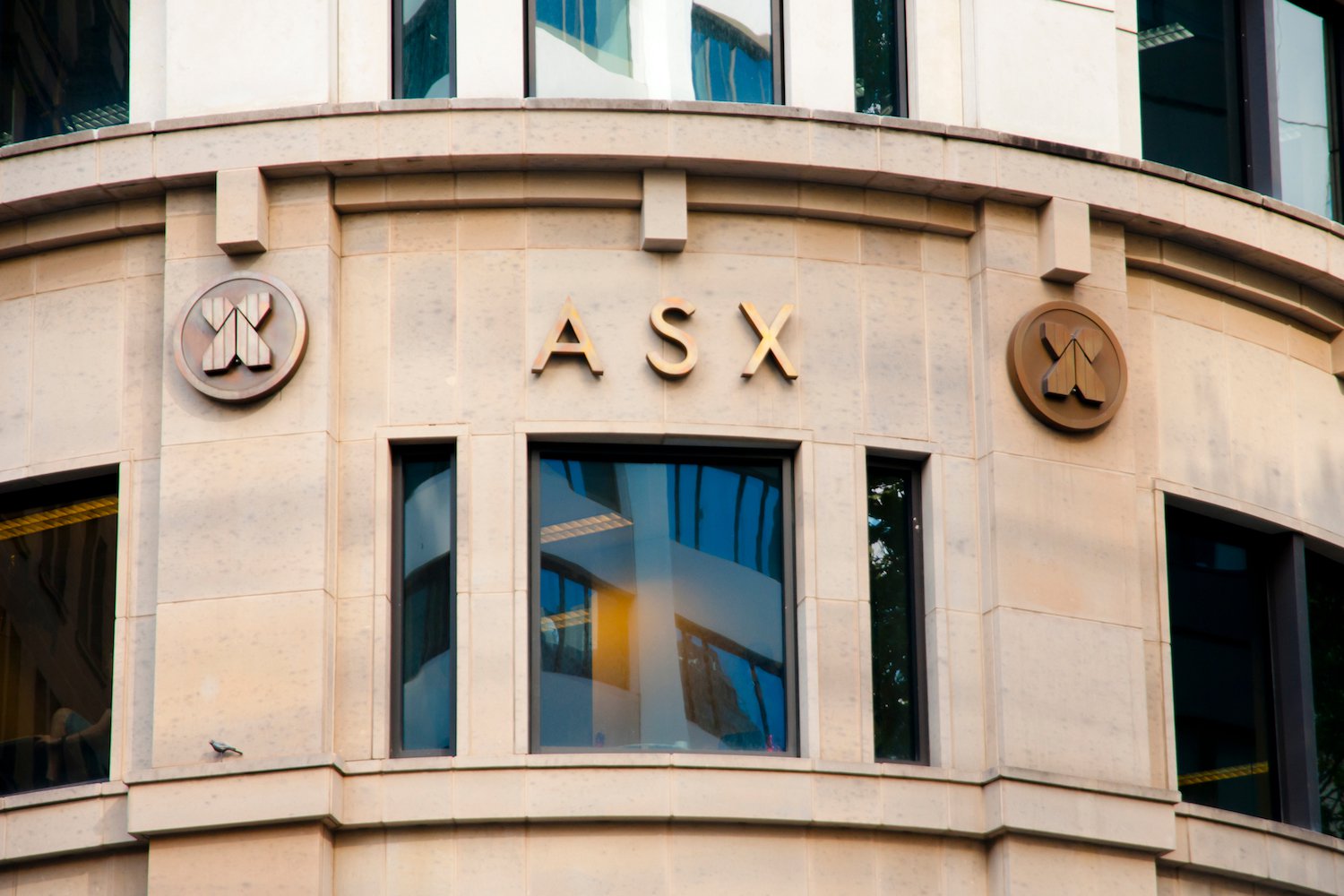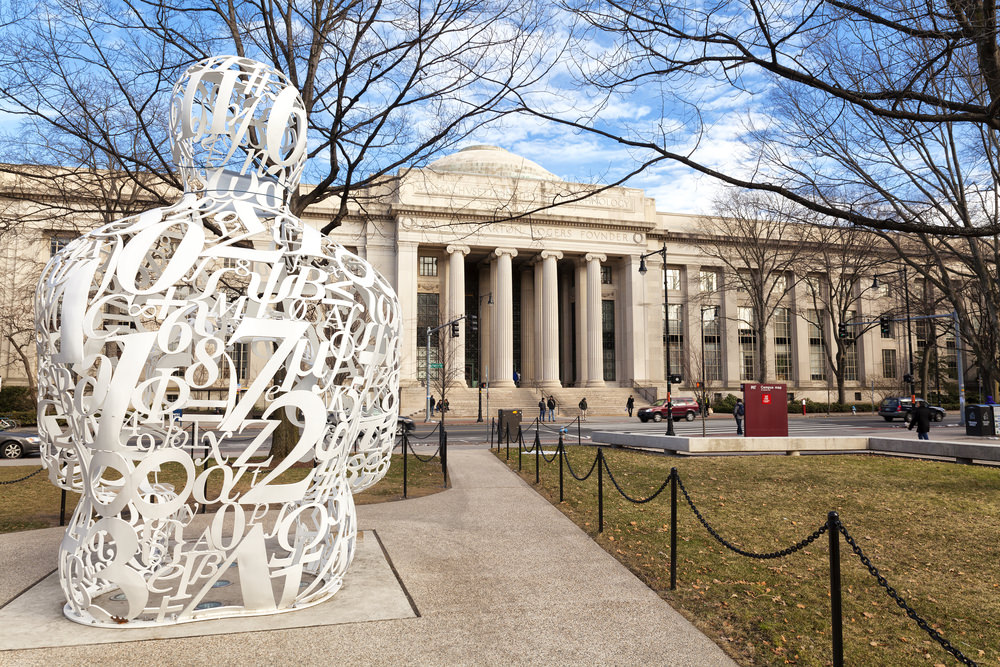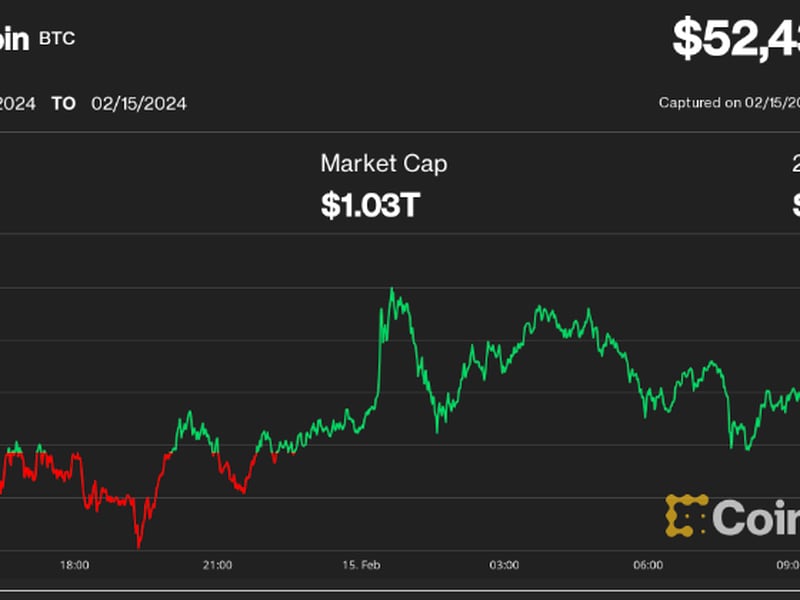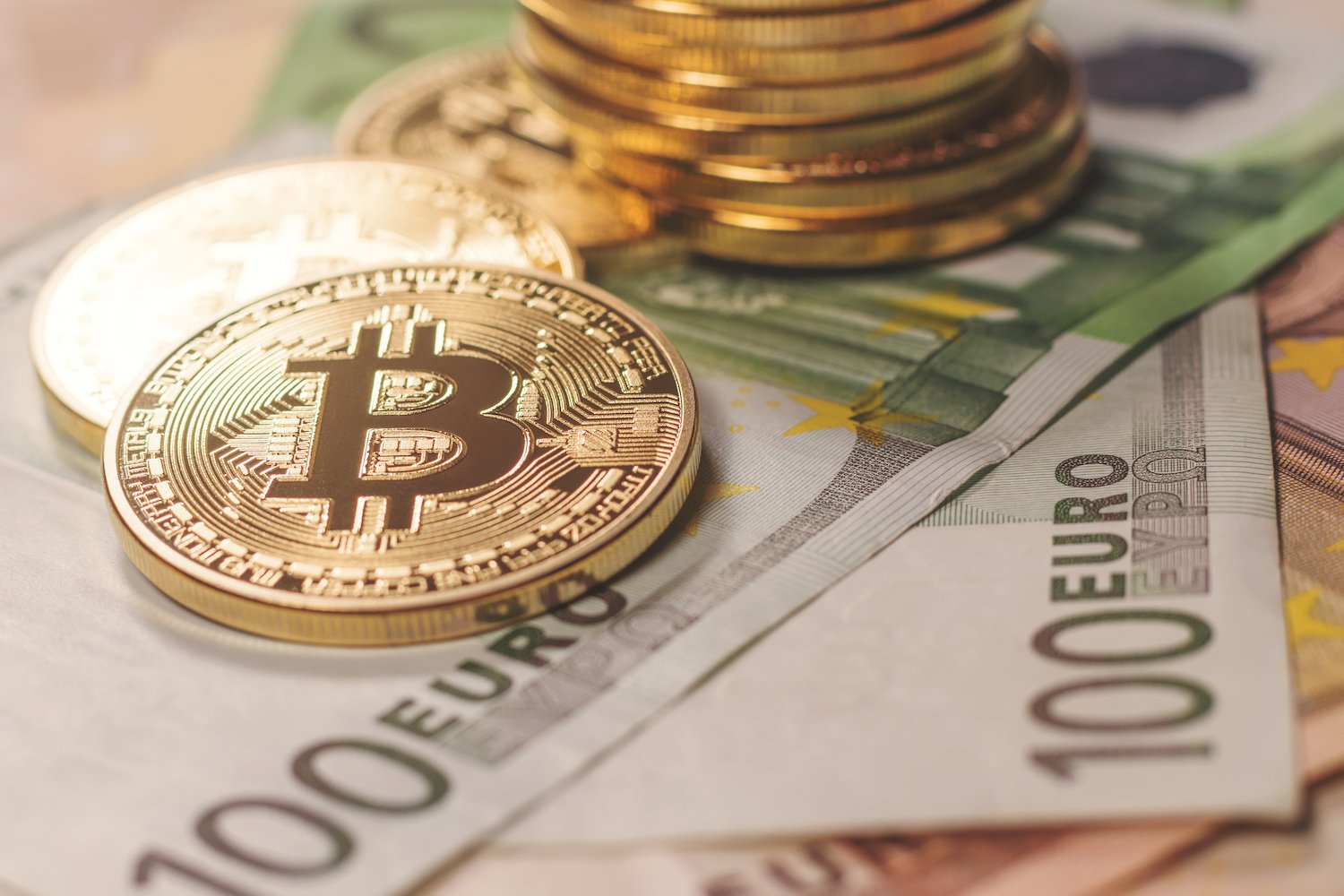The Trillion Dollar Crypto Opportunity: Real World Asset Tokenization
At what we hope is the end of a bitter crypto winter, history offers foresight that good times will return.
According to the eminent professor Carlota Perez, technology is adopted in predictable waves — exuberant bubbles are followed by seemingly existential crashes prior to long “golden ages” of growth. We saw such a pattern back in 2001 when the so-called dot-com bubble burst and The New York Times declared that “Dot-com Is Dot-Gone and the Dream With It”.
:format(jpg)/cloudfront-us-east-1.images.arcpublishing.com/coindesk/D55ZIJKQIJFCXFNMPXIXSMSIJQ.png)
Fast forward to today and we have witnessed over two decades and trillions of dollars of sustained growth, together with the transformation of the old economy. This growth was punctuated, as Perez predicted, by bubbles and crashes approximately every 20 years.
Web3 is another technological revolution, which is undergoing this familiar boom and bust cycle. Until now, Web3 has succeeded in installing a cluster of technologies with enormous potential for economic growth and transformation. DeFi, or decentralized finance, has installed the infrastructure to enable a new financial system which replaces intermediaries with code and replaces trust with the assurance of immutable smart contracts. However, until now, DeFi has mostly transacted magic internet money, in the form of crypto tokens.
Similarly, non-fungible tokens (NFTs) have solved some of the problems of digital scarcity and enabled the democratization of creativity, but their use has mostly been confined to digital art, culture and memes.
In other words DeFi and NFTs may leverage superior technology, but are transacted primarily with volatile, small market cap digital assets.
:format(jpg)/cloudfront-us-east-1.images.arcpublishing.com/coindesk/7FZZSLRWVZA3JJUCBYD7UAULCI.png)
According to Perez, this is both valuable and normal. New technological infrastructure is laid down in the initial installation period during a frenzy of investment, which is followed inevitably by a failure to meet such high expectations and a financial crash. However, it is this superior technological infrastructure that typically forms the basis of the next phase of growth.
:format(jpg)/cloudfront-us-east-1.images.arcpublishing.com/coindesk/34INH7YTFRHYPJCSBHNJ5LUIVA.png)
A thesis increasingly shared within crypto and traditional finance is that the tokenization of real world assets (RWAs) will form the backbone of the next bull run and unlock the transfer of trillions of dollars of value into crypto. Or in Perez’s terms, RWA tokenization will unlock a new Golden Age — in blockchain and traditional finance.
This is happening right now, already. The current state of play is that traditional finance giants including BlackRock and Fidelity along with RWA startups like Tzero, Securitize and Polymath, are using the blockchain to tokenize assets that actually comport with the real world. These categories include commodities, fine art, real estate and financial instruments, such as stocks and bonds. To quote BlackRock CEO Larry Fink: “the next generation for markets, the next generation for securities, will be tokenization of securities.”
Here, RWA tokenization merely reduces the role of intermediaries, whilst enabling faster, cheaper and more transparent transactions. However, the full potential of Web3 technology is not yet being fully realized, since most RWA tokenization platforms require trust in some sort of intermediary to honor the redemption of the tokenized asset. If the intermediary evaporates, then so too can the claim on the underlying asset. This problem is referred to as the physical asset oracle problem and can be demonstrated with this example:
If Alice tokenizes her car, and Bob buys the token; how can Bob be sure he will receive the car?
That’s not something blockchain can solve directly, as it always involves some amount of human coordination and trust. However, there is an alternative, more natively Web3 way of addressing this problem.
Instead of tokenizing physical assets directly, protocols can lock up parties’ commitments to execute a commercial exchange as a type of forward contract, encoded within smart contracts and tokenized as redeemable NFTs. When a dispute happens, it can be handled by an algorithm encoded within a smart contract that refers it to decentralized dispute resolvers. The result is trust-minimized tokenization, exchange and settlement of RWAs.
Such protocols provide a more rigorous answer to the fundamental question of tokenization: how can we ensure claims are met? And convey the same level of assurance as DeFi since transactions cannot be reversed, rescinded or censored. This level of assurance provides “harder” tokenized RWAs whose reliability enables them to be the foundations of a smarter, more programmable economy.
Otherwise, if a trusted intermediary is required it brings back in everything blockchain is meant to avoid like counterparty risk, friction and monopoly power.
As the world’s leading blockchain academic, Prof. Jason Potts notes, “Now that we can tokenize all the world’s physical products and services into a common, interoperable format; list them within a single, public ledger; and enable market transactions with low cost of trust, which are governed by rules encoded within and enforced by the underlying substrate, what then? Then, computable capital enables ‘programmable commerce,’ but more than that – it enables what we might call a ‘turing-complete economy’.”
Once Web3 technologies, such as DeFi and NFTs, are fully utilized to harden tokenized assets, we will not only enable a programmable Web3 economy but also a trillion-dollar opportunity.

